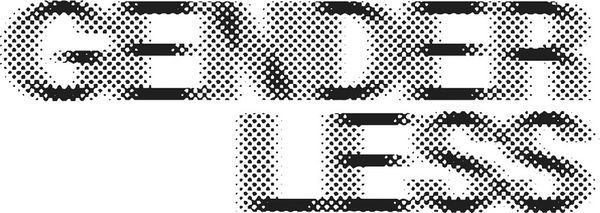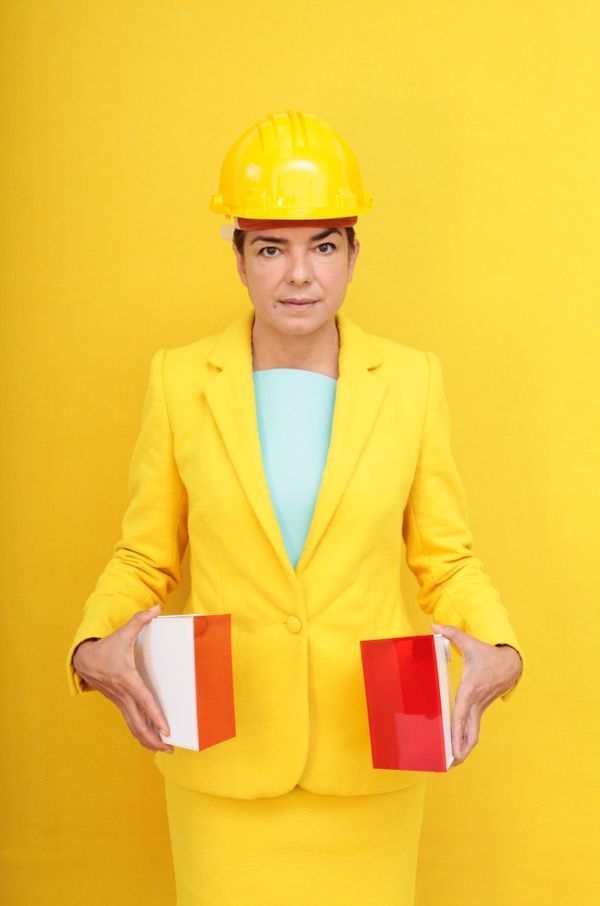Review Give Me Your Name - a genderless project
GIVE ME YOUR NAME
a genderless project
review by Tiffany Wederfoort
On the project
An ongoing conversation piece about a fundamental part of identity, one that can is approached both subjectively as objectively.
Identity is not merely established within private spaces, as a matter of fact, I would consider this -in some extent- a secondary factor.
It is more likely, that by trying to understand and/or control our constructed society, we have created multitude ways to categorise and identify ourselves and others.
As observed, current ways of identification often aim to protest “outdated” norms and values.
‘GIVE ME YOUR NAME – a genderless project’ is an ongoing art project, developed by Studio Framis and supported by The Art of Impact, that focuses on displays of identities in public spaces.
Aiming to increase awareness on diversity and the complexity of identity, initiate a political debate on removal of identification in passports and question/provide knowledge on the gender binary through a public debate.
Envisioning a society without gender divisions, going beyond the binary.
Through collaboration with Transgender Netwerk Nederland, Stedelijk Museum Amsterdam, Archis, Creative Time in New York, the Kunsthalle Nürnberg in Germany
and from the corporate sector, IMC (provides financial support) and ProtoSpace 3D, Studio Framis (Alicia Framis, Laura A. Dima, Julia Lourie and Lilet Breddels) seeks to realise the project’s visions.
The project kickstarted in February 2016 by conducting research over a period of five months to expand their network of experts and knowledge on gender diversity.
This newly acquired knowledge would then be translated into different designs and artistic expressions. In September the outcomes where introduced during a symposium held at the Stedelijk Museum Amsterdam.
Laura A. Dima’s research on new architecture within the context of gender diversity, insights of architectural professor Beatriz Colomina and interviews conducted with households of non-binary structures,
brought to attention the lack of architectural space that is provided for these households. This led to the establishment of ‘Century 22 Real Estate’, a real-estate company that develops housing for non-binary families.
Artistically expressed through films, models, performances, drawings and a magazine as its means to communicate with society.
On January 13, the concept of ‘Century 22’ was introduced at the Stedelijk Museum Amsterdam, by organising an evening consisting of a performance and film by Alicia Framis and a lecture by prof. Beatriz Colomina.
“To engage the audience with the project, brochures with information about the alternative housing projects were handed out, which could function as conversation starter at the after talks.”
This year the project will move forward internationally by participating in a transgender manifestation in New York in collaboration with Creative Time, at Festival of Human Rights in Kunsthalle Nürnberg and at the Migros Museum in Zurich.
To conclude
Understanding and accepting all representations of identity is a crucial matter of concern, that has to be taken in account when working towards a better society.
‘GIVE ME YOUR NAME – a genderless project’ and ‘Century 22’, focus on the basic element of identity, representations of alternative genders.
Extensive research, (international) collaboration, encouraging participation by organising talks and artistic expression of their observations using film and performance,
leads me to believe the project suffices to what would be identified as a good social art and design project.
Providing a voice for a community that is often wrongfully portrayed in the media and finding a new approach in making them part of society.
By choosing film and performance as medium, I believe their visions are better communicated, as these are more intriguing methods and attracts more interest.
Though the current path of the project has some strong aspects, initially it was directed towards the transgender community. The way they’re often portrait in de media, resulted in them being quite reluctant to participate.
Without using the transgender image, the project shifted to a broader range of gender identities. This makes the project more general, which gives it more possibilities, but also means more input and might result in a longer process of change.
As the project is still ongoing, I’m curious to the effects it will have and so will follow up on their progress.
Despite the issue around representations of certain genders in the media, I would like to see a more personal approach in ways of communicating gender diversity, besides architectural necessities.
What comes after these needs are fulfilled?

